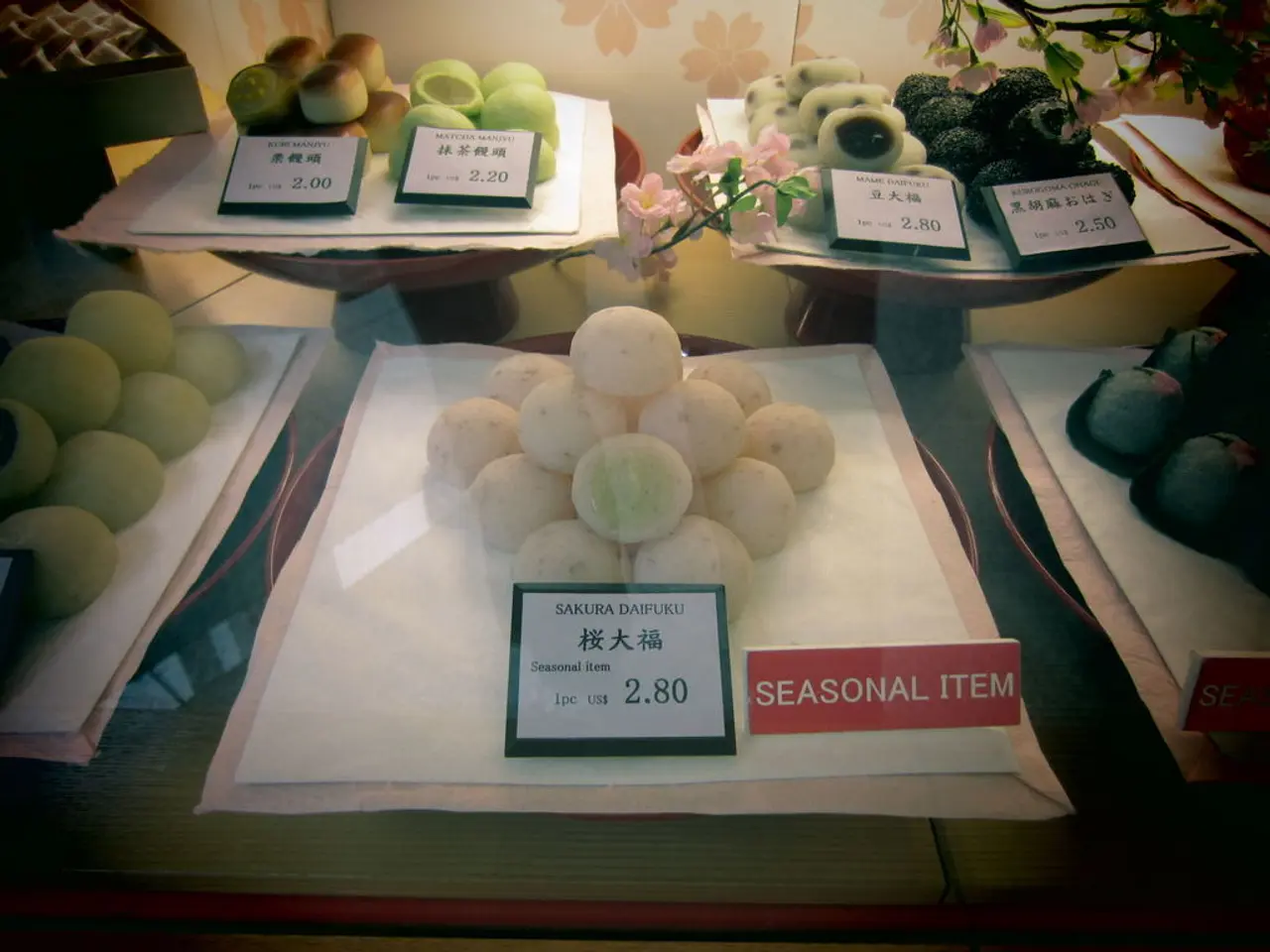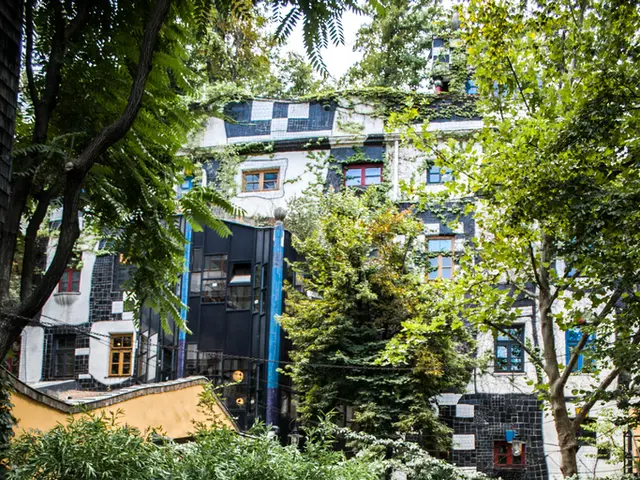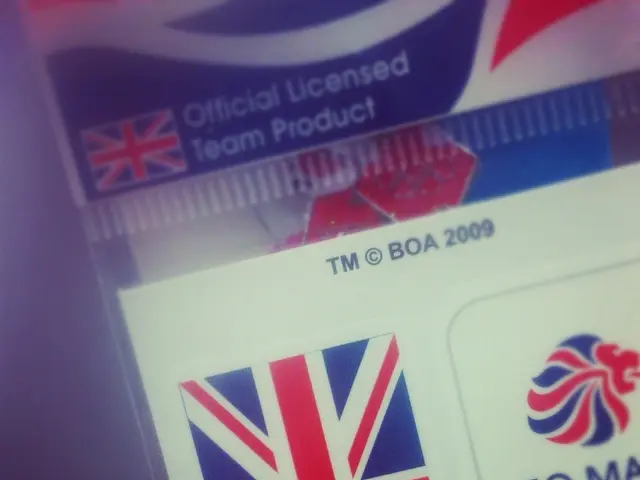Advancements in Cellulose-Based Products and Packaging by 2025
The European paper packaging industry is gearing up for a significant transformation, as it responds to growing sustainability demands and regulatory shifts. A 2-day conference will bring together R&D leaders, packaging converters, and FMCG brands to discuss these changes and chart a course for a more sustainable future.
At the heart of this transformation lies the EU's commitment to a circular economy. By 2030, the EU aims to have 100% reusable or recyclable packaging, a goal that will necessitate a shift from recycling to reuse and a focus on eco-design for recyclability and reuse.
The EU Packaging and Packaging Waste Regulation (PPWR) sets legally binding targets to make all packaging recyclable in an economically viable way by 2030, with full recyclability at scale by 2035. It also establishes mandatory minimum recycled content by 2030/2040 and restrictions on single-use plastics.
Sustainable packaging is evolving from just recyclability towards prioritizing reuse and refill systems. This means packaging must be designed for durability and multiple life cycles, challenging manufacturers to rethink materials and formats to reduce overall packaging volume and waste.
Eco-design principles require packaging to minimize environmental impacts through the value chain. Design for recycling standards, being developed with European Committee for Standardization (CEN), focus especially on composite fiber-based packaging, helping ensure materials are compatible with available recycling technologies.
Paper packaging often lacks barrier properties against moisture, oxygen, and grease, essential for food, beverage, and cosmetics. Further technological advances are critical to producing fibre-based packaging that can compete with plastic in functionality and cost.
Plastic packaging currently remains cheaper, and consumers are often reluctant to pay premiums for paper alternatives. Overcoming cost gaps and improving consumer perception of fibre packaging’s value and performance are ongoing challenges.
Industry entities like Fibre Packaging Europe bring together multiple trade associations to advocate systemic changes for renewable, circular fiber packaging. Participation in platforms like Compostable by Design and collaboration with standards bodies supports alignment on sustainable claims, recycling criteria, and regulatory compliance.
Extended Producer Responsibility (EPR) schemes across EU member states incentivize manufacturers to reduce packaging waste. This regulatory and market push fosters innovation and business opportunities focused on less wasteful, more recyclable, clearly labeled, and reusable packaging solutions.
Regulatory Challenges, such as PPWR recyclability mandates, EUDR traceability, and PFAS bans, will also be discussed at the conference. There is a need to advance recyclability and close the loop for fibre-based materials due to increasing consumer preference. In fact, 85% of European consumers now prefer paper-based packaging.
The conference will also delve into Circular Economy Strategies, including EPR schemes and minimization, along with success case studies. A call to action is given to publish content with EB Publishing, which offers a service to publish news, events, jobs, and thought leadership.
For those interested in sponsorship or exhibiting opportunities, Ummu Hani can be contacted at [email protected]. The conference promises to be a significant step towards the European paper packaging industry's transformation towards sustainability and a circular economy by 2030.
[1] European Commission. (2021). Circular Economy Action Plan. https://ec.europa.eu/info/publications/circular-economy-action-plan_en [2] Ellen MacArthur Foundation. (2019). New Plastics Economy Global Commitment. https://www.ellenmacarthurfoundation.org/assets/downloads/publications/New-Plastics-Economy-Global-Commitment-2019-06-26.pdf [3] European Parliament. (2019). Directive (EU) 2019/1021 of the European Parliament and of the Council of 20 June 2019 amending Directive 94/62/EC on packaging and packaging waste. https://www.europarl.europa.eu/doceo/document/TA-9-2019-0271_EN.html [4] Fibre Packaging Europe. (2020). Fibre-based packaging in a circular economy. https://fibrepackagingeurope.eu/wp-content/uploads/2020/05/Fibre-based-packaging-in-a-circular-economy.pdf [5] European Commission. (2020). Circular Economy Action Plan - Frequently Asked Questions. https://ec.europa.eu/environment/circular-economy/faq_en.htm
Read also:
- Exploring the Next Phase in Motor Engineering: The Influence of Magnetic Axles
- Humorous escapade on holiday with Guido Cantz:
- Kia Manufactures Car Accessory Material from Ocean Plastic Collected from the Great Pacific Garbage Patch
- Japan's Unique Roadmap to Carbon Neutrality, Traced from the G7 Summit in Hiroshima








